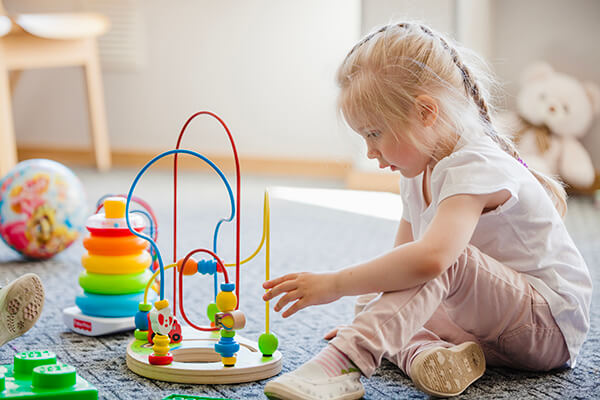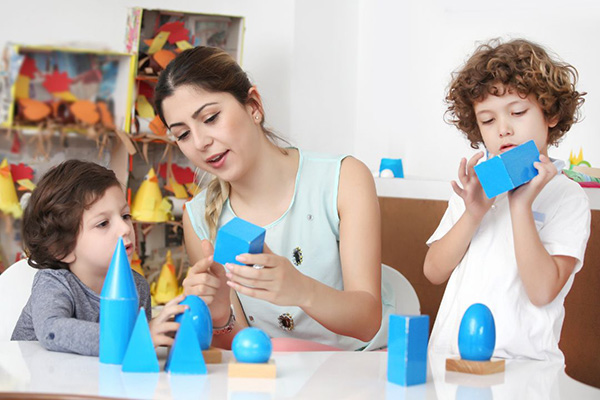Potty training is a significant milestone in your child’s early development. For Montessori families, this process aligns beautifully with the principles of independence, consistency, and respect for the child. If you’re preparing to embark on this journey, understanding when to start, successful strategies, and the importance of consistency will help ensure a smoother experience for both you and your child.
When to Start
Knowing the right time to begin potty training is crucial. In the Montessori approach, readiness cues from your child guide the process. Most children show signs of readiness between 18 months and 3 years, though this varies. Key indicators include:
- Staying dry for longer periods.
- Showing interest in using the toilet or imitating others.
- Expressing discomfort when diapers are wet or soiled.
- Demonstrating the ability to follow simple instructions.
By observing your child closely, you can choose the ideal moment to start without rushing the process.
Successful Strategies for Potty Training
Montessori potty training emphasizes empowering the child to take ownership of their progress. Here are some effective strategies:
- Set up a child-friendly bathroom: Use a small potty or a child-size seat attachment with a sturdy step stool. Ensure they can access it independently.
- Introduce routines: Encourage regular bathroom visits, such as after meals or naps. This builds consistency and familiarity.
- Use clear and encouraging language: Phrases like “Let’s try the potty” or “It’s time to practice” set a positive tone.
- Avoid pressure: Celebrate successes but avoid shaming or expressing frustration over accidents. These are natural parts of the learning process.
Consistency at Home and Beyond
Consistency is key to successful potty training. Children thrive when routines remain stable across all environments. At home, reinforce habits by keeping the potty easily accessible and involving them in cleanup when accidents occur. Ensure caregivers, family members, and teachers follow the same approaches to create a unified experience.
When traveling or on the go, consistency might feel more challenging, but it’s entirely achievable. Here are some tips to maintain your child’s progress:
- Pack essentials: Bring a travel potty, extra clothes, and wipes wherever you go.
- Stick to routines: Schedule bathroom breaks as you would at home, even if it means taking a few extra minutes during outings.
- Stay calm with accidents: While on the road, accidents may happen more frequently. Offer reassurance and return to routines without worry.
The Montessori Advantage
The Montessori method’s focus on independence aligns seamlessly with potty training. By respecting your child’s pace, creating supportive routines, and maintaining consistency, you foster confidence and self-sufficiency. Remember, this journey is as much about your child’s growth as it is about building trust and strengthening your bond.
Celebrate the small victories along the way, and before you know it, your child will embrace this new skill with pride and independence.




